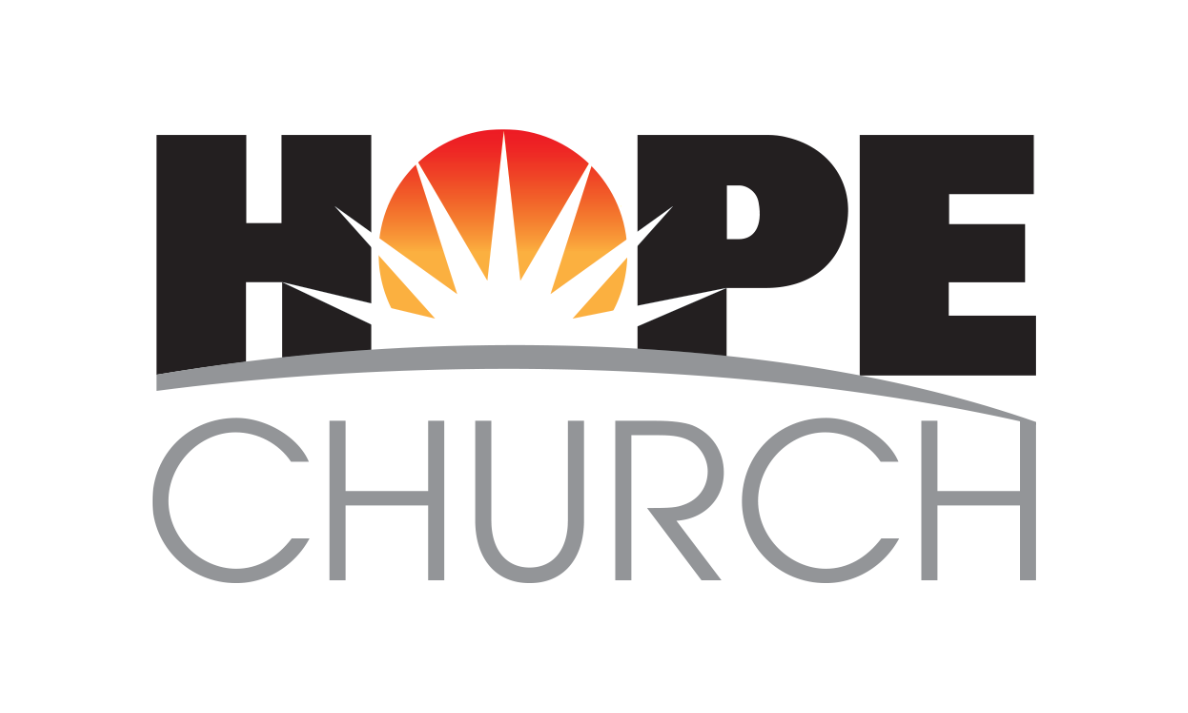Progressive Revelation in the Bible – Part 5
In this final post on the topic of the progressive revelation in the Bible of Jesus as the Lamb of God we look at two more Scriptures that add more information on the nature of the Lamb of God. As before we will be following the outline given by J. Sidlow Baxter in his book The Master Theme of the Bible (Tyndale House Publishers, © 1973). We have already learned that the lamb is necessary, provided by God, must be slain, his character is perfect, is in fact a person, that that person is Jesus, Jesus is the Christ (Messiah), and that the Lamb will be resurrected after having been slain. Now we move into the book of Revelation for our last two passages that reveal the Lamb of God.Our first text is from Revelation 5.Then I saw a Lamb, looking as if it had been slain, standing in the center of the throne, encircled by the four living creatures and the elders. He had seven horns and seven eyes, which are the seven spirits of God sent out into all the earth … And when he had taken it, the four living creatures and the twenty-four elders fell down before the Lamb. Each one had a harp and they were holding golden bowls full of incense, which are the prayers of the saints. (Revelation 5:6, 8 NIV)In this passage we see the enthronement of the Lamb. In this vision John the Apostle sees the throne room of Heaven in which the Lamb of God, "looking as if it had been slain" but in fact very much alive, "standing in the center of the throne". The Lamb takes a scroll from the hand of God (v. 7) because only the Lamb is worthy to open the scroll (v. 5). At this "the four living creatures and the twenty-four elders fell down before the Lamb" and were joined in praise of the Lamb by "many angels, numbering myriads of myriads and thousands of thousands" (v. 11). Only God is deserving of these praises and we see that Jesus the Lamb of God receives these praises because He is God enthroned in Heaven. Our final passage comes from the final chapter of the final book of the Bible, Revelation 22.No longer will there be anything accursed, but the throne of God and of the Lamb will be in it, and his servants will worship him. They will see his face, and his name will be on their foreheads. And night will be no more. They will need no light of lamp or sun, for the Lord God will be their light, and they will reign forever and ever. (Revelation 22:3-5 ESV)This text occurs after Jesus' second coming, after the defeat of Satan, and after the arrival of the new Jerusalem which contains the throne of God. But note, the throne is not just God's but also the Lamb's. There is only one throne and both sit there. "And they will reign forever and ever." Now we see the eternal kingship of the Lamb, reigning with God for eternity. Our faith in Jesus now means that we will be under His kingship forever and ever.There you have it. From the necessity of the lamb, to God's provision of the lamb, to the need for the lamb to be slain, to the character of the lamb, to the lamb being a person, to the Lamb being specifically Jesus, to the Lamb being the Christ (Messiah), to the Lamb being resurrected after having been slain, to the Lamb being enthroned in Heaven, and finally to the Lamb reigning forever in kingship with the Father, we see how Scripture progressively revealed new information about the Lamb. The previous information was not false; indeed, it was all true. But now we see a fuller picture of the Person of the Lamb of God, the Lord Jesus Christ, because the Holy Spirit has revealed more and more about Him in the writing of the Bible.One last comment. Baxter used progressive revelation with the topic of the Lamb of God. But this is not the only topic that can be studied using this method; I believe many other topics can be opened up for us in this same way. In the Sermon on the Mount (Matthew 5-7), Jesus gave a variety of lessons in which He expounded and expanded on earlier teachings. Just one example: Cain murdered his brother Abel before the giving of the law; undoubtedly, murder was viewed as a moral wrong against humanity but not yet identified as a sin. Then when Moses received the law from God the sixth Commandment defined murder as a sin. Later David had his military commander place Uriah the Hittite in a dangerous position in battle so that he would be killed. God through Nathan the prophet told David that he had "struck down Uriah the Hittite with the sword" (2 Samuel 12:9) so that David was guilty of the sin of murder just as if he had personally struck Uriah with a sword. Then in the Sermon on the Mount Jesus says that anyone who murders will be subject to judgment, and He adds that being angry with your brother also makes one subject to judgment. You see how the Bible revealed more and more information to the truths previously revealed.As you read and study the Bible open your mind to the idea that the text you are studying may be one of the links in the chain of progressive revelation on the subject at hand.

